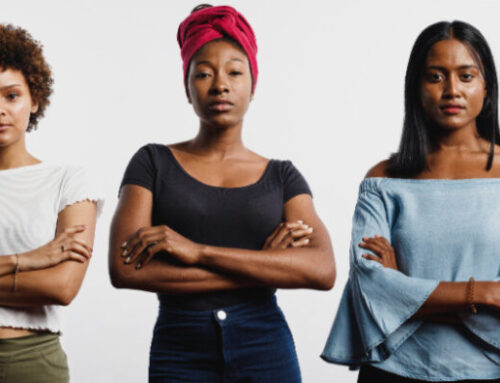In the early days of sharing information about “Going Back” by Andrea von Treuenfeld, everyone had questions for the author that they posed to me. I then compiled a list of those questions and sent them to Ms. von Treuenfeld who graciously responded to them. Please find the interview below. My questions are in bold.
– Cathryn Siegal-Bergman, translator
In “Going Back,” you’ve documented the stories of 16 German-Jewish women, who left Germany between 1932 and 1948, and eventually all moved back at separate times in their lives. In telling people about this project, they all asked – are you Jewish?
No.
How did you find out about these women and become interested in documenting their stories? Were you influenced at all by a sense that Germany has a responsibility to educate the world about genocide?
I had already written a book about Jewish women who had fled from the Nazis to Palestine and found a new home there. Therefore, it was only logical to subsequently look at the fates of the women who had later returned to Germany. Both books, however, were not written with an educational purpose (I don’t believe that unteachable people read books of this kind anyway) but were written to record the actually unspeakable and unimaginable on the basis of stories about exclusion, persecution and killing.
In the introduction to “Going Back,” you mention you felt it important to share these stories in the words of the women who told them. What made you decide to do that rather than write about them using one narrative voice?
In the conversations I let the women decide for themselves where they want to put their emphasis – e.g. childhood, flight, return. In order to preserve as much authenticity as possible, I have decided to also retain their narrative style.
Moving back to the country they fled provides these women an opportunity to compare then and now. Ruth Wolff-Stirner doesn’t see anti-Semitism in Munich today, while in Berlin, Ruth Stadnik Goldstein recounts strong examples. As a journalist living in Berlin, how would you characterize anti-Semitism around modern Germany as compared to WW2 Germany?
Obviously, there were forms of latent anti-Semitism in Germany even in the early years after National Socialism. But one expressed oneself more cautiously, did not show it openly. For some years now, however, it has become socially acceptable again for many groups, and the hostilities and assaults against Jews are increasing at an alarming rate.
I found I had to set aside this work occasionally, as I saw current news items from around the world mirroring the historical events I was translating in the book. Can you talk a little about your personal experience? What moved you the most? How did the project change you?
I have been involved with the history of the Shoa for many years and yet in my conversations with the women, many of whom were very personal, I have heard many unknown and deeply shocking details – often accompanied by tears on both sides. What also moved me was the fact that many families kept silent about what they had experienced and therefore the traumas were firstly not processed and secondly passed on to the next generation. This project certainly sensitized me to recognize the first signs of anti-Semitism and take action against them.
As a Jewish woman myself, I take away so many lessons about perseverance from this book. But I wonder what you hope readers will take away from this book?
The recognition of the cruel consequences that the exclusion of minorities can have.
Thank you for documenting the lives of, and giving voice to, the women of Going Back. What else would you like to say about this book?
That there cannot be enough books on this subject – in the hope that we will learn from them and that history will not repeat itself.

We would love to hear from you! If you have any questions or comments, please feel free to contact us.
530 Euclid Ave #45a Downtown Cleveland, OH 44115






